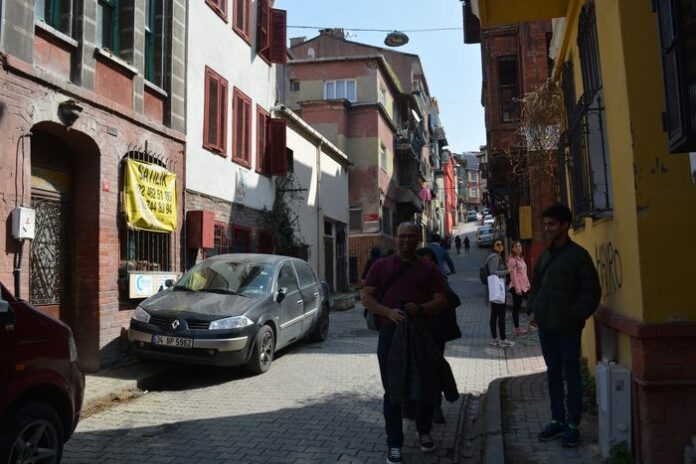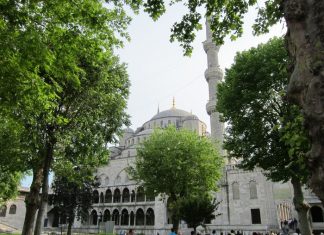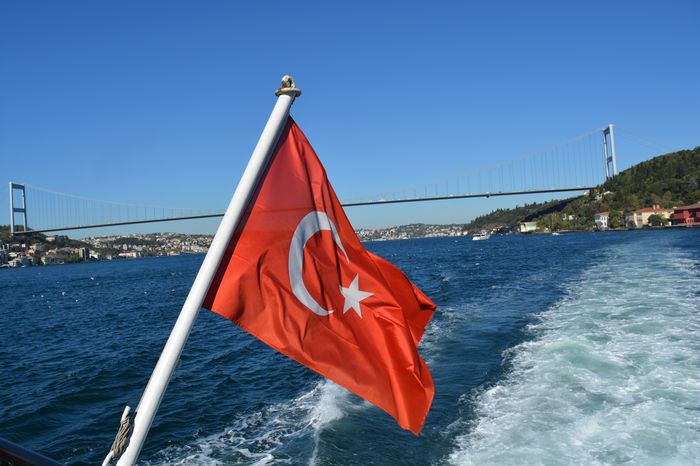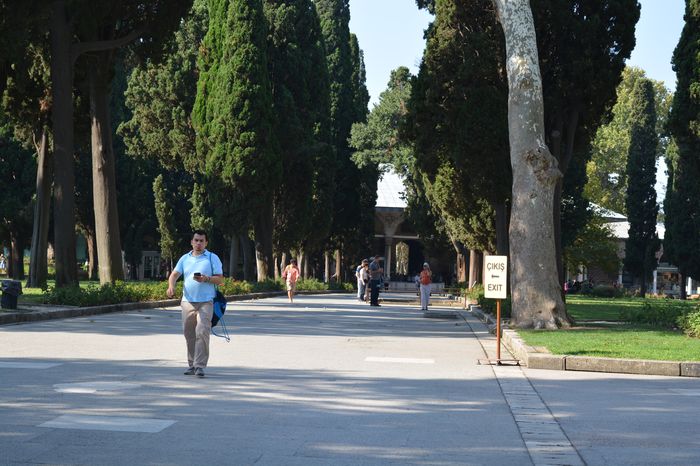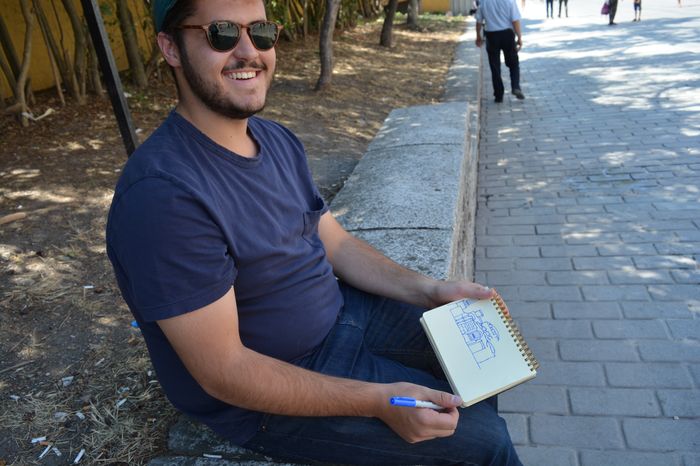Location and General Description
The Gate of the Neorion, also known as the Gate of the Dockyard, stood by the imperial dockyard on the shore of the Golden Horn. Its location corresponds to the modern area of Bagtche Kapoussi, near the Stamboul Custom House. As its name indicates, the gate was directly connected with the great naval facilities of the Byzantine capital, serving both military and commercial purposes.
The Neorion was first mentioned in a chrysobull (imperial decree) issued by Emperor Isaac II Angelos in the late twelfth century. This document confirmed the rights earlier granted by Alexius I Comnenus and Manuel I Comnenus to the Pisan merchants, allowing them to reside and trade near the gate. Thus, the Neorion became the eastern limit of the Pisan quarter, while its western boundary extended to the Gate of the Hikanatissa. The area between these gates was a busy commercial district where ships, merchants, and goods from Italy constantly arrived Guided Turkey Tours.
The Ancient Neorion of Byzantium
The Neorion had a much older history, dating back to the pre-Constantinian city of Byzantium. In those early days, it stood at the western end of the old harbour fortifications, making it one of the oldest dockyards in the city. To distinguish it from later dockyards, it was sometimes called the Ancient Neorion or the Ancient Exartesis.
In later centuries, the Neorion became one of the most important naval centers of the Byzantine Empire. The Imperial Fleet often assembled here to prepare for campaigns or to defend the harbour against enemy fleets. The chronicler Nicolo Barbaro, writing during the final siege of Constantinople in 1453, even refers to the area as “l’arsenada de l’imperador”—the Emperor’s Arsenal.
The dockyard area also included a marine exchange, where maritime business was conducted, until it was moved elsewhere in the reign of Emperor Justin II. There was also a factory for oars, where oars and other naval supplies were produced. A similar factory is mentioned in the Justinian Code, although that one was located in another district.
Because of the large quantities of timber, pitch, and other flammable materials stored here, several major fires began in the Neorion throughout the city’s history, spreading rapidly to nearby neighborhoods Gates East of Porta Hebraica.
Later Names and Transformations
During the Ottoman period, the Turks called this gate Tchifout Kapoussi, meaning “the Jewish Gate.” The name came from the Jewish community that had settled in the surrounding area. Both Gyllius, Gerlach, and Leunclavius, European travelers and scholars of the sixteenth century, recorded this name and noted the long-standing Jewish presence near the gate.
The Greeks, on the other hand, identified the same entrance as the Horaia Pyle, which means “the Beautiful Gate.” This name appears in the works of the Byzantine historians Phrantzes and Ducas, especially in connection with the final siege of Constantinople in 1453.
Some scholars believe that the term Horaia was a corruption of an earlier name such as Neoria (from Neorion), while others think that the epithet “Beautiful” was added later to describe renovations or decorative improvements made to the gate during the last centuries of the Empire. Although the connection between the words Horaia and Neorion is uncertain, it is not impossible that both names were used at different times for the same place.
The Gate’s Lasting Importance
Whether known as the Gate of the Dockyard, the Beautiful Gate, or the Jewish Gate, this entrance always marked one of the most active maritime areas of Constantinople. It was where imperial ships were built and repaired, where foreign traders from Pisa and Venice conducted their business, and where local residents gathered for commerce and transport.
The long and varied history of the Gate of the Neorion reflects the changing fortunes of the city itself—from ancient Byzantium to Christian Constantinople, and finally to Ottoman Istanbul. Each period left its mark in the names, buildings, and traditions associated with this gateway on the Golden Horn, which remained a vital link between the city and the sea for nearly two thousand years.
